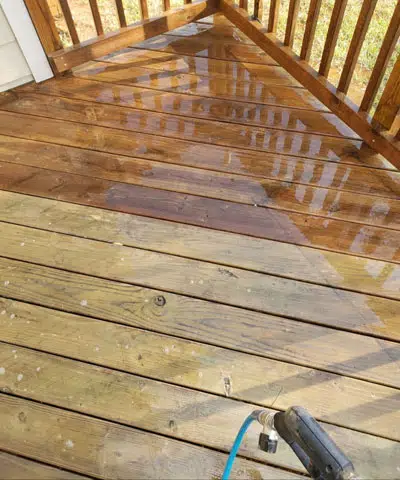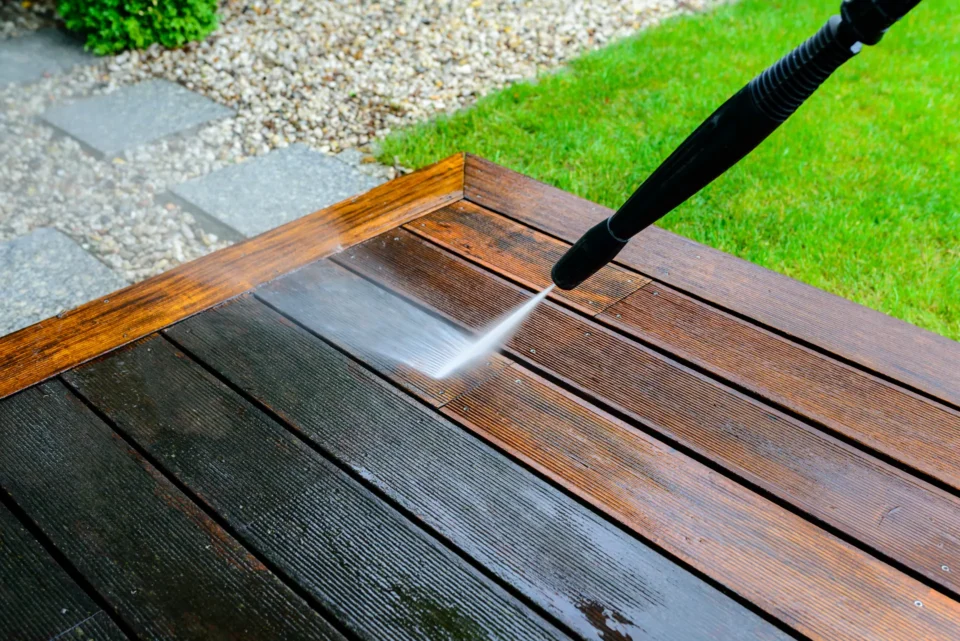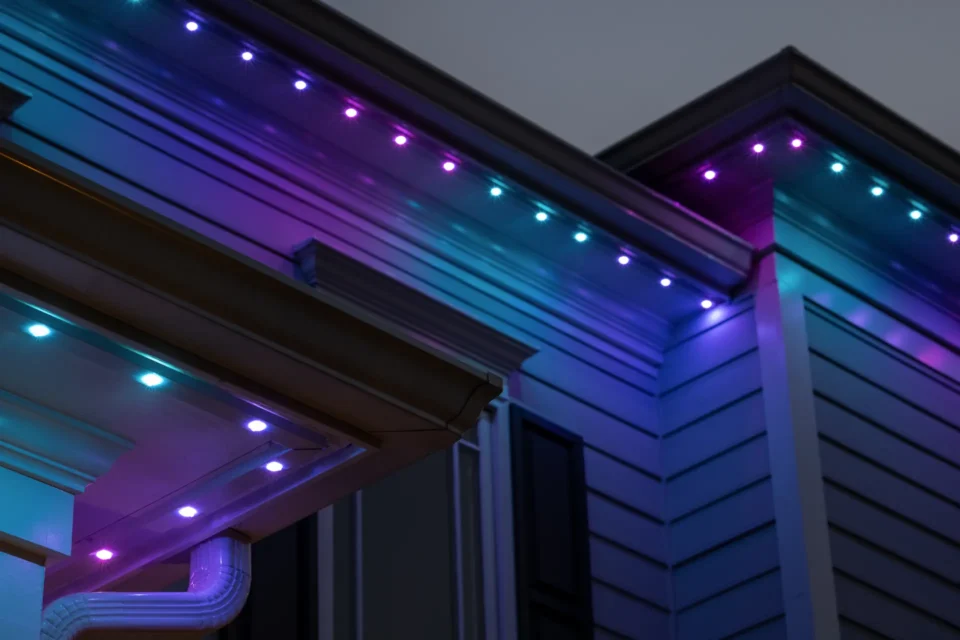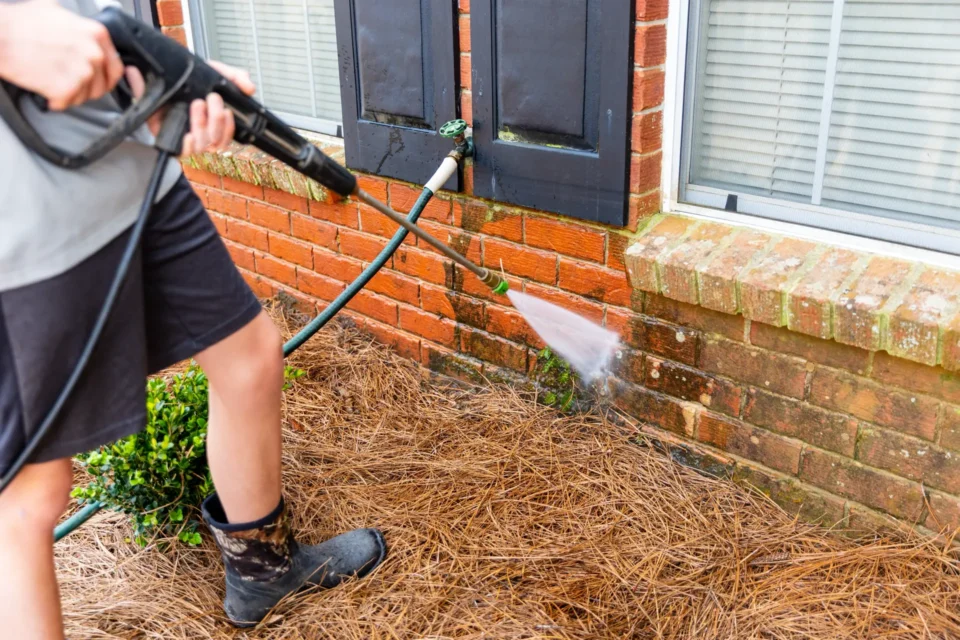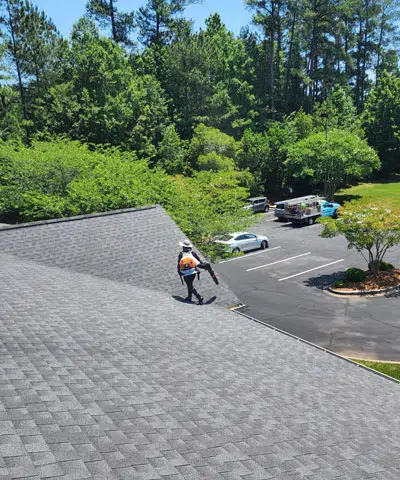Scratched boards and sun-faded beams are back on center stage. Restored wood is showing up in homes, shops, and studios because it delivers warmth you can actually feel. Knots, nail holes, and saw marks aren’t flaws; they’re proof of a past. Designers love it, makers swear by it, and buyers want the story as much as the surface.
This revival blends style with sense: less waste, more character, and materials built to last. From farmhouse tables to modern walls, reclaimed pieces turn plain rooms into places with soul. Weathered to wonderful isn’t a trend; it’s a cultural reset toward authenticity and longevity.
How Has Restored Wood Become a Cultural Trend in Home Design?
Once upon a time, “old wood” was the stuff of barns, sheds, and dusty attics—too rustic for sleek modern tastes. But as design philosophies shifted, so did our appreciation for imperfection. Today, homeowners and designers are embracing restored wood as the soul of authenticity.
The trend didn’t happen overnight—it evolved through cultural nostalgia, social consciousness, and a longing for craftsmanship in a mass-produced world. We started craving materials that meant something, and restored wood fit that bill perfectly.
Here’s what fueled the rise:
- The Farmhouse Aesthetic: Thanks to HGTV’s design icons and Pinterest boards overflowing with shiplap dreams, reclaimed wood became synonymous with cozy charm. Suddenly, weathered beams and repurposed barn doors became modern must-haves.
- The Story Factor: Every board has a past, maybe from a century-old mill or a demolished Victorian home. These histories turn ordinary walls and furniture into living stories.
- The Handmade Movement: As fast furniture fell out of favor, consumers sought uniqueness. Restored wood speaks of patience, craftsmanship, and character—qualities that align perfectly with the slow design movement.
- Social Media Influence: There’s something Instagram-worthy about textures that tell a story. The #ReclaimedWood hashtag isn’t just about decor—it’s about identity. People want to showcase sustainability and style in one frame.
Restored wood became more than a design choice; it became a statement. It tells guests, “I care about the planet, and I have good taste.”
What are The Environmental Benefits Of Using Restored Wood in Construction?
Let’s face it—there’s nothing “green” about cutting down new trees just to get that rustic look. The real environmental hero is restored wood, quietly saving forests one plank at a time.
When builders and designers choose restored wood, they’re doing more than following a trend; they’re joining a movement toward circular sustainability. Here’s why it matters:
- It Reduces Deforestation: Every board of reclaimed timber saves a tree from being cut. Multiply that by thousands of renovation projects, and the environmental impact becomes profound.
- It Cuts Down On Waste: Old barns, warehouses, and factories are full of quality lumber that would otherwise end up in landfills. Restoration gives it a second life.
- It Minimizes Carbon Footprint: Producing new lumber requires energy-intensive milling, drying, and transport. Restored wood skips most of that process.
- It Preserves Biodiversity: By reducing the demand for virgin wood, we lessen the strain on natural habitats. That means more trees for wildlife and fewer clear-cut landscapes.
You get wood that’s already seasoned, dried, and settled, so it’s durable and stable in your space. It’s a smart, low-waste choice that looks good and feels easy to live with.
How Does the Restoration Process Enhance the Beauty of Weathered Wood?
The real magic happens during restoration. It’s not just about sanding off dirt or applying varnish—it’s about rediscovering the hidden charm that time buried. Restorers often describe it as “bringing the wood back to life,” and they mean it.
The process usually goes like this:
- Rescue and Recovery: The wood is salvaged from old structures—barns, bridges, warehouses, even old boats. Each piece is handpicked for its grain, color, and texture.
- Cleaning and De-Nailing: Craftsmen remove nails, bolts, and grime accumulated over decades. It’s tedious work, but essential for preserving the wood’s integrity.
- Milling and Planing: The surface is trimmed and smoothed, revealing the original patterns beneath years of wear.
- Finishing: Depending on the project, finishes might range from oil rubs that highlight the grain to light stains that protect without masking the character.
And here’s where the beauty unfolds—those cracks, wormholes, and imperfections that once seemed flawed now become the star of the show. It’s a visual metaphor for resilience.
Unlike new wood, restored timber carries emotional texture. It whispers stories of rain, sun, and generations of use. The more you look, the more you see—the faded nail marks, the uneven hues, the slight warps that give it soul.
The result? Something raw, warm, and human. It’s design with personality—perfect for anyone who believes beauty isn’t about perfection but about persistence.
Why is Restored Wood Gaining Popularity in Sustainable Architecture?
In the world of sustainable architecture, restored wood isn’t just an option—it’s an ideology. Architects across the globe are turning to reclaimed materials to create spaces that not only look stunning but also tread lightly on the Earth.
What’s fascinating is how versatile restored wood has become. You’ll find it in everything from rustic mountain lodges to sleek urban lofts. Its adaptability is one reason architects love it—it can fit any design language, from industrial to contemporary chic.
But beyond aesthetics, the movement toward restored wood reflects a deeper architectural philosophy: build smarter, waste less, and connect people with nature.
Here’s why it’s becoming a cornerstone in sustainable architecture:
- Embodied Energy Savings: Reusing materials drastically reduces the energy needed to produce new ones, aligning perfectly with net-zero goals.
- Emotional Sustainability: Spaces built with reclaimed materials often feel warmer and more inviting, encouraging longer-term occupancy—an underrated aspect of sustainability.
- Community Revitalization: Many reclaimed wood projects support local salvage operations, creating jobs and preserving regional craftsmanship.
- Biophilic Design: Wood connects us psychologically to the natural world, reducing stress and promoting well-being. Restored wood deepens that connection by reminding us of time and history.
Think of it this way: while modern architecture often focuses on what’s next, restored wood reminds us to honor what came before. It bridges generations—linking old craftsmanship with new technology, past with present, sustainability with style.
The Emotional Side of Restored Wood
If we zoom out, restored wood is really about human connection. It’s about finding beauty in what’s been through something. Much like us, weathered wood carries its experiences—scars, dents, and all—and still stands strong.
Maybe that’s why people feel drawn to it. In a fast-paced, digital world, restored wood grounds us. It’s tactile, real, imperfect—and therefore, deeply human.
Whether it’s the farmhouse dining table that sparks conversation or the accent wall that tells a silent story, restored wood turns homes into havens of character and meaning.
From Patina to Purpose: A Final Thought
The cultural revival of restored wood isn’t just about recycling materials—it’s about redefining value. We’re learning that beauty doesn’t fade with age; it matures. Every grain line is a fingerprint of history, every imperfection a reminder of endurance.
So, the next time you run your hand along a weathered beam or see sunlight catch the rough edge of reclaimed oak, remember: that’s not just wood. It’s art, it’s history, and it’s hope—crafted by time itself.
Ready To Restore More Than Just Wood? Let Power Clean Bring Back Your Shine
At Power Clean Pressure Washing, we know that beauty doesn’t always mean brand new—it means well cared for. Whether it’s your deck, fence, or siding, our professional cleaning can bring out the rich character beneath the grime—just like restored wood.
Don’t let weather and time dull your home’s charm. Call Power Clean Pressure Washing today to rediscover the brilliance hiding right beneath the surface. Let’s turn your property from weathered to wonderful.
